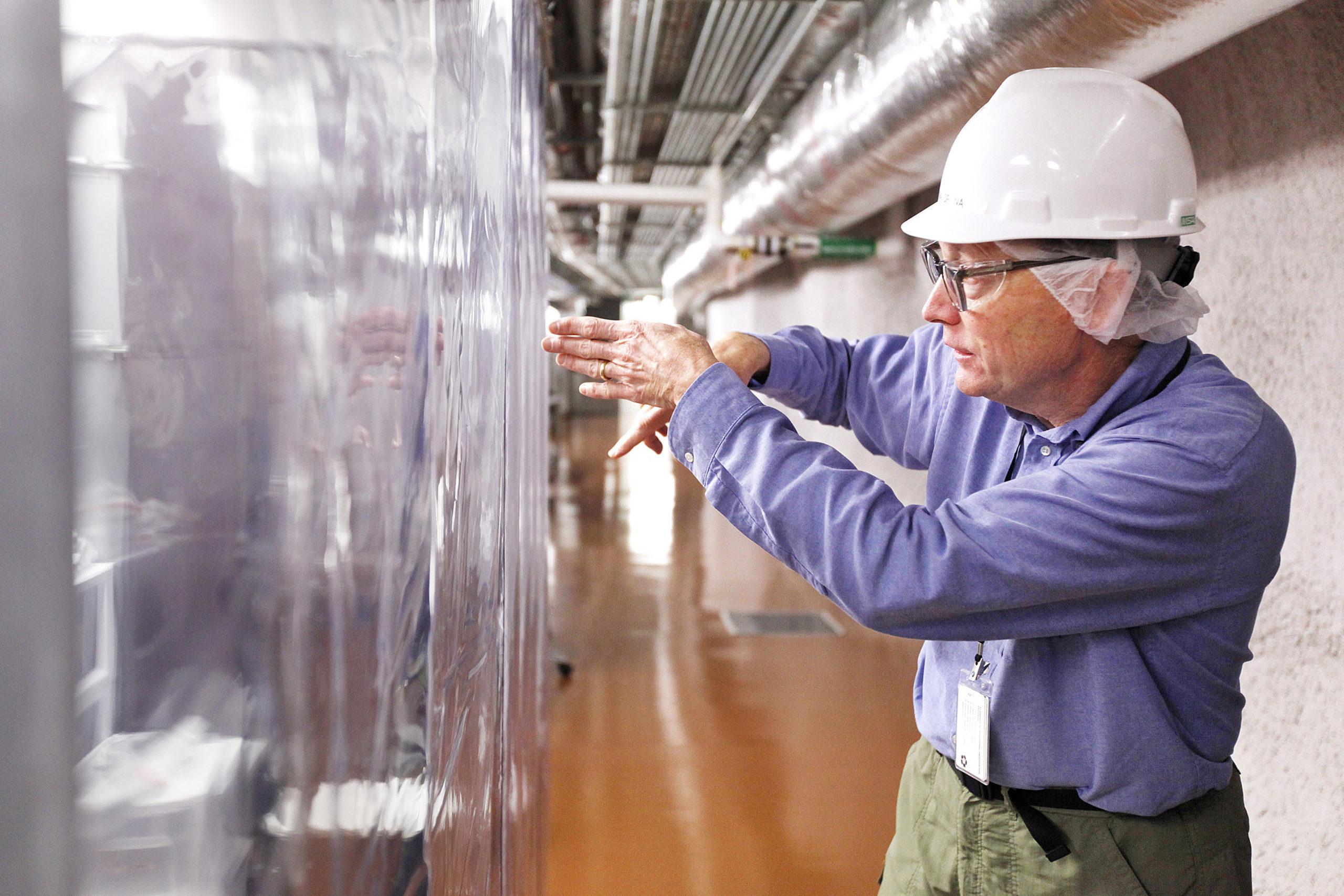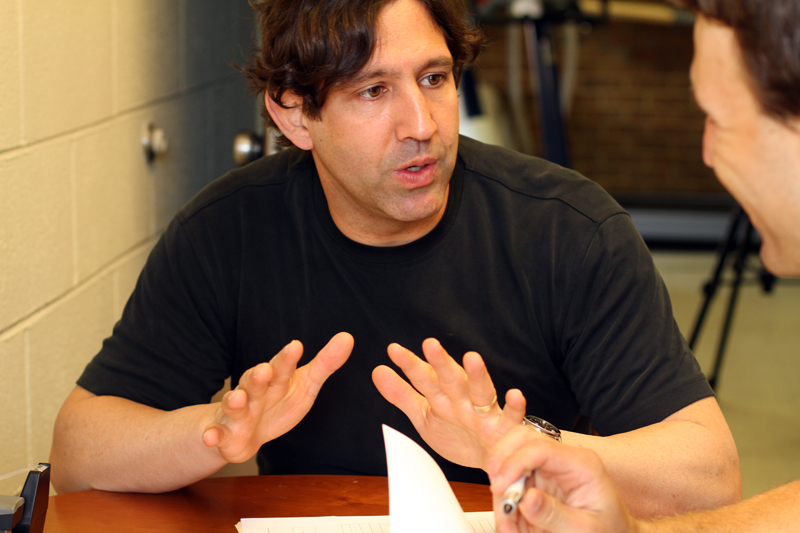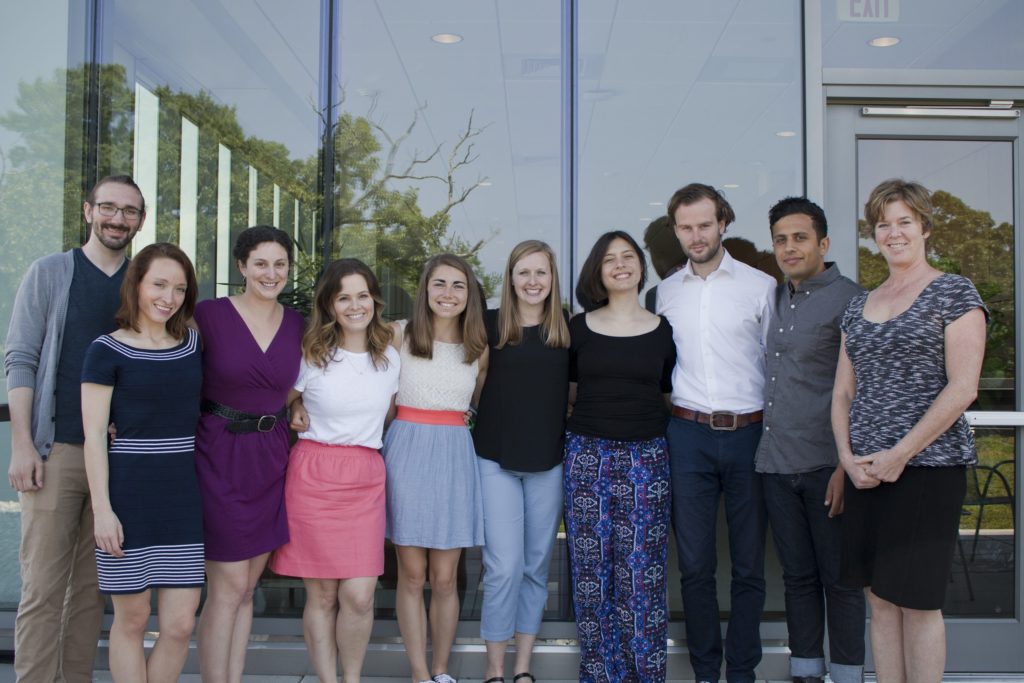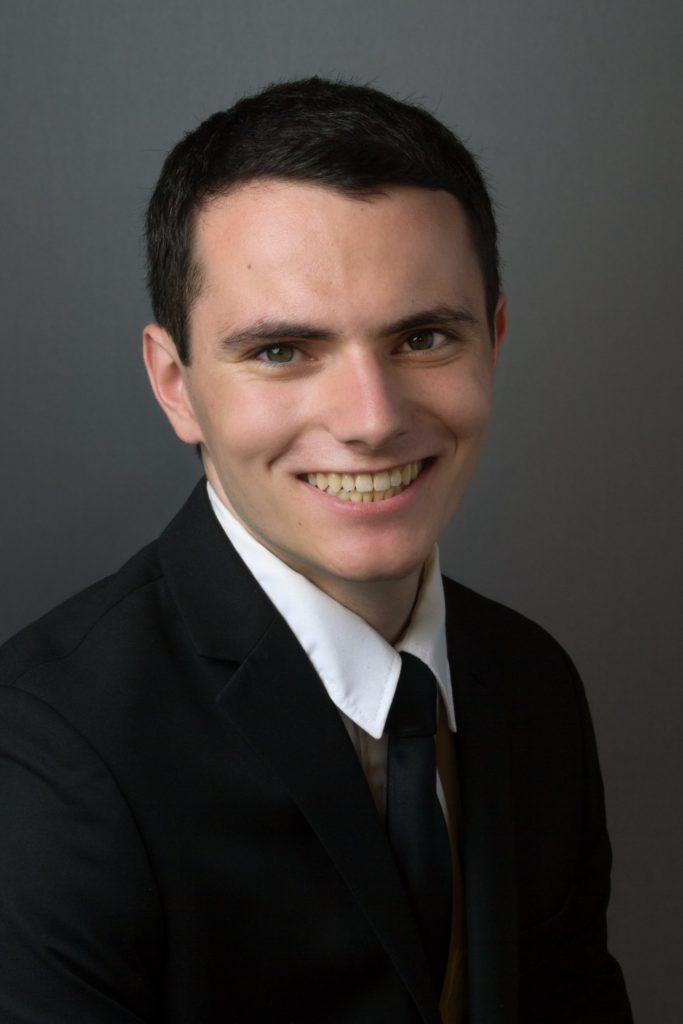
Canadian scientist Arthur B. McDonald, one of two scientists awarded the 2015 Nobel Prize for Physics, led a research project that included physicists at the University of North Carolina at Chapel Hill.
The prize was announced today (Oct. 6) by the Royal Swedish Academy of Sciences.
McDonald, of Queens University in Ontario, was director of the Sudbury Neutrino Observatory (SNO). (The physics prize was also awarded to Takaaki Kajita of University of Tokyo in Kashiwa, Japan.) The scientists were recognized for their key contributions to experiments which demonstrated that neutrinos change identities.
Neutrinos come in three different types or “flavors,” known as electron, muon or tau. They can flip from one flavor to the other as they travel through space at close to the speed of light. This ability to flip from one flavor to another implies that neutrinos have mass.
Three members of the department of physics and astronomy in UNC’s College of Arts and Sciences — John Wilkerson, the John R. and Louise S. Parker Distinguished Professor, Associate Professor Reyco Henning and Senior Research Scientist Mark Howe — worked on the SNO experiment before coming to Carolina.

The SNO experiment discovered that two-thirds of the electron neutrinos created by fusion energy processes that power the sun change their identity as they travel from the core of the sun to earth. Despite the fact that billions of neutrinos from the sun stream through one’s body every second day and night, they are elusive, ghost-like particles that have proven exceedingly difficult to observe. The SNO detector containing 1,000 tons of “heavy” water was built in an excavated cavity two kilometers underground, in the Creighton Mine near Sudbury, Ontario, for the sole purpose of detecting solar neutrinos. The experiment used 9,500 light sensitive detectors to observe the tiny amount of light produced when the solar neutrinos interacted with deuterium atoms in the heavy water.
Wilkerson was involved in SNO first as a staff member at Los Alamos National Laboratory and later as a professor at the University of Washington. Within SNO, he served as the group leader for the data acquisition group that designed, built and operated the data acquisition systems for the observatory. He supervised six students awarded Ph.D.s related to SNO, including those at the University of Washington, Brown University and North Carolina State University.

Henning worked as a post-doctoral fellow on SNO. During that time, he participated in the analysis group that studied SNO’s ability to do non-neutrino physics. He also contributed to on-site operations of SNO, both underground and on the surface.
Howe was one of the primary developers of the SNO Hardware and Real-time Control (SHaRC) data acquisition system, which was responsible for controlling many of SNO’s subcomponents and also collecting and storing the data. Howe also provided significant on-site support for data-acquisition operations.
In 2001, SNO presented the first clear evidence that solar neutrinos changed from one type to another as they propagated from the sun to earth. This showed that neutrinos have mass and opened a whole new field of neutrino physics that, among other topics, is trying to understand the nature of matter in the universe at its most fundamental level.

Wilkerson, Henning and Howe are now working on the next big question about neutrinos, which is whether they are their own antiparticles. UNC-Chapel Hill is the lead institution for a major international experiment, called Majorana, which will attempt to address this question. Wilkerson also is the inaugural director of the new Institute for Cosmology and Astrophysics, Subatomic Matter, and Symmetries (CoSMS Institute), a joint physics institute headquartered at UNC-Chapel Hill and organized to work on fundamental problems at the leading edge of basic physics research. CoSMS is a partnership with Duke and NC State universities and Oak Ridge National Laboratory.
For more background on Wilkerson and Henning’s neutrino research, read a fall 2013 Carolina Arts & Sciences magazine feature story on their work at the Sanford Underground Research Facility in South Dakota.
Oliver Smithies, Excellence professor of pathology and laboratory medicine in the UNC School of Medicine, became the first full-time Carolina faculty members to win a Nobel Prize when he became a co-recipient of the Nobel Prize in physiology or medicine in 2007.
Carolina has had previous ties to other Nobel winners as well.




